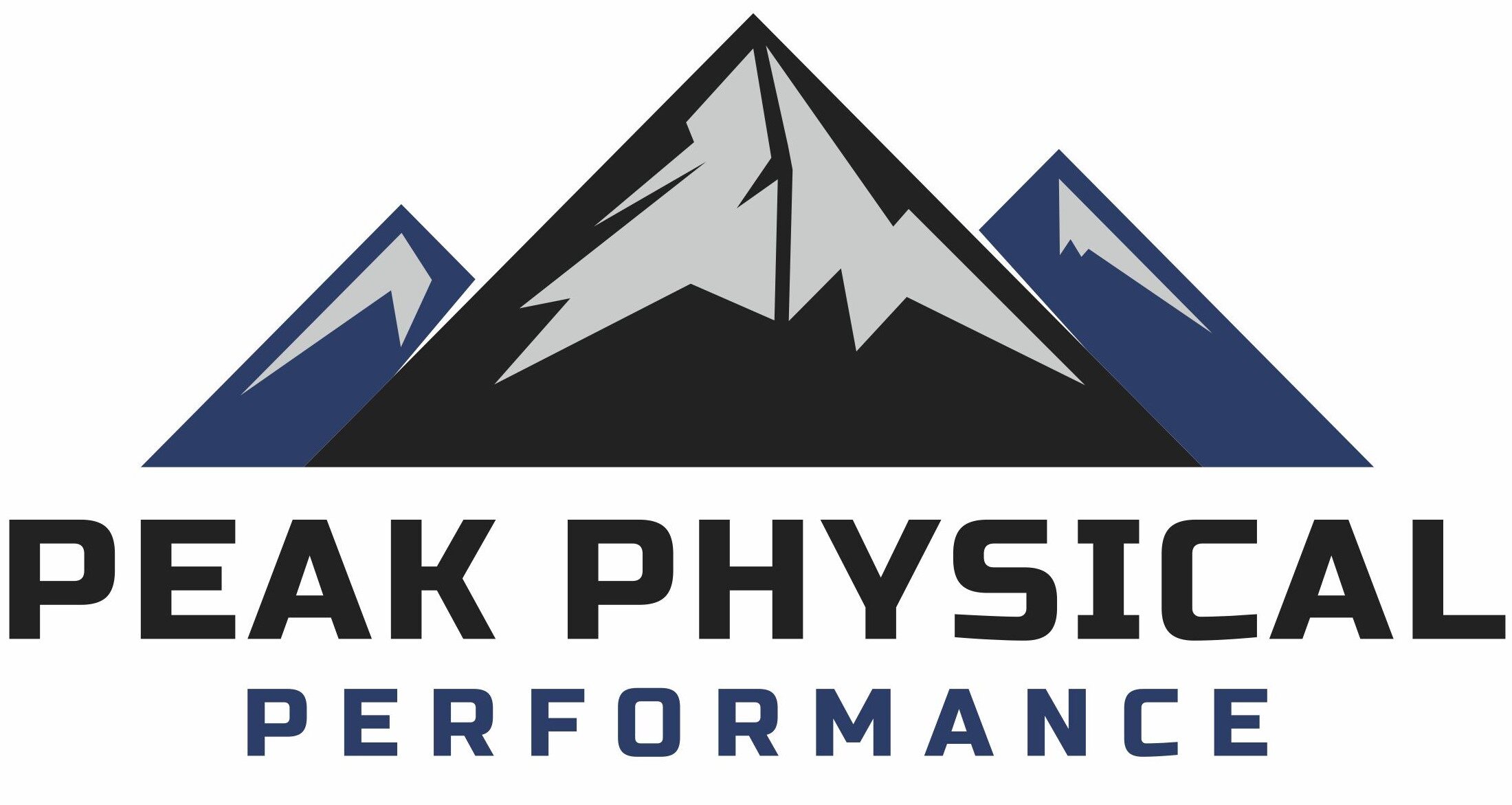As the summer brings higher temperatures, the risk of heat-related illnesses, particularly heat stroke, increases significantly. Heat stroke is a severe condition that can lead to serious health complications or even death if not promptly treated. Understanding the risks and preventive measures can help you stay safe during the hot weather.
What is Heat Stroke?
Heat stroke, also known as sunstroke, occurs when the body’s temperature regulation system fails due to prolonged exposure to high temperatures, often coupled with dehydration. This condition is characterized by a core body temperature exceeding 104°F (40°C). Unlike heat exhaustion, heat stroke is a medical emergency that requires immediate attention.
Symptoms of Heat Stroke
Recognizing the symptoms of heat stroke is crucial for timely intervention. Common symptoms include:
- High body temperature (above 104°F)
- Altered mental state or behavior, such as confusion, agitation, or slurred speech
- Nausea and vomiting
- Flushed skin
- Rapid breathing and heart rate
- Headache
Risk Factors
Several factors increase the risk of heat stroke during the summer:
- High Temperatures and Humidity: Prolonged exposure to hot and humid weather can overwhelm the body’s ability to cool itself.
- Dehydration: Lack of adequate fluid intake reduces the body’s ability to sweat and regulate temperature.
- Age and Health Conditions: Infants, the elderly, and individuals with chronic illnesses or obesity are more susceptible to heat stroke.
- Physical Activity: Strenuous activities in hot weather increase the risk of heat stroke.
- Certain Medications: Some medications can affect the body’s heat regulation mechanisms.
Prevention Tips
Preventing heat stroke involves a combination of strategies to keep the body cool and hydrated:
- Stay Hydrated: Drink plenty of fluids, especially water, even if you don’t feel thirsty.
- Limit Sun Exposure: Avoid spending long periods in direct sunlight, especially during peak hours (10 a.m. to 4 p.m.).
- Wear Appropriate Clothing: Opt for lightweight, loose-fitting, and light-colored clothing to help maintain body temperature.
- Take Breaks: If you must be outdoors, take frequent breaks in shaded or air-conditioned areas.
- Monitor Vulnerable Individuals: Keep an eye on children, the elderly, and those with health conditions, ensuring they stay cool and hydrated.
Emergency Response
If you suspect someone is experiencing heat stroke, it’s critical to act quickly:
- Call Emergency Services: Contact medical help immediately.
- Cool the Person: Move the individual to a cooler place, remove excess clothing, and use cool water, ice packs, or fans to lower their body temperature.
- Hydrate if Possible: If the person is conscious and able to drink, provide them with cool water.
Conclusion
Heat stroke is a serious but preventable condition. By staying informed about the risks and taking proactive measures, you can enjoy the summer safely. Remember, when the heat rises, so do the risks. Stay cool, stay hydrated, and stay safe.
For more detailed information, refer to resources such as the Centers for Disease Control and Prevention (CDC) and Mayo Clinic:
By being aware and prepared, you can make the most of your summer while minimizing the risk of heat stroke.



Comments are closed